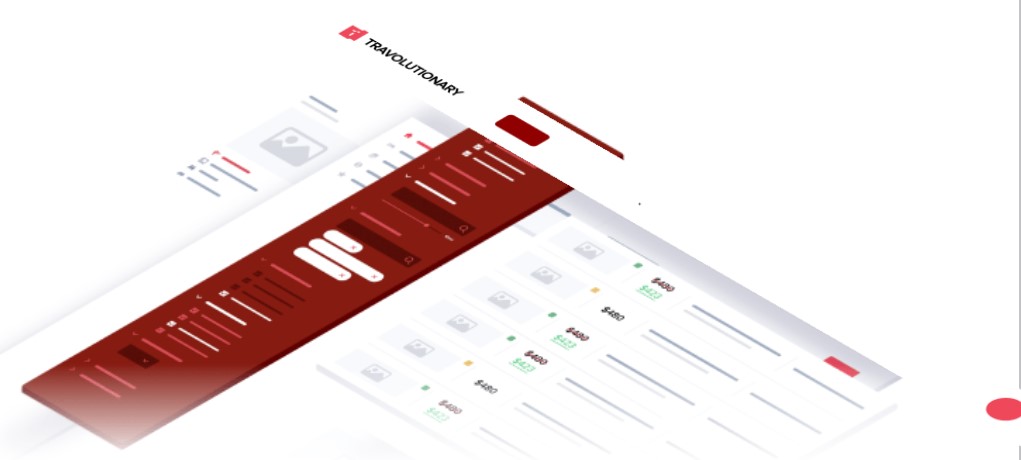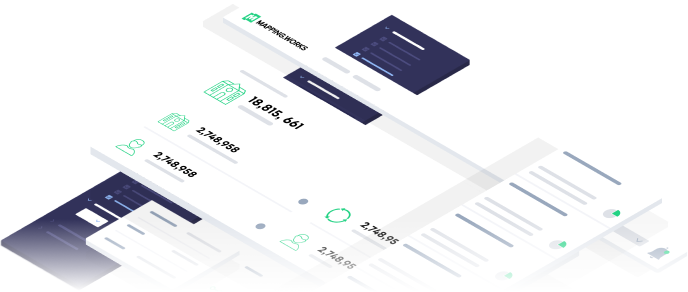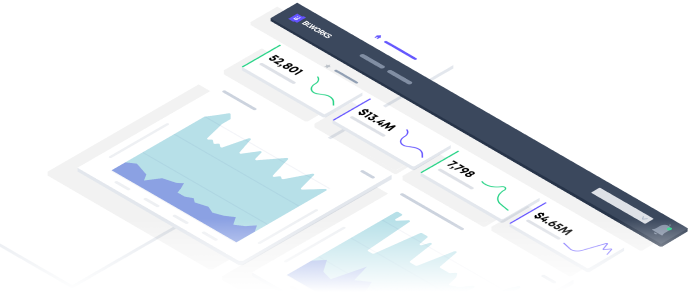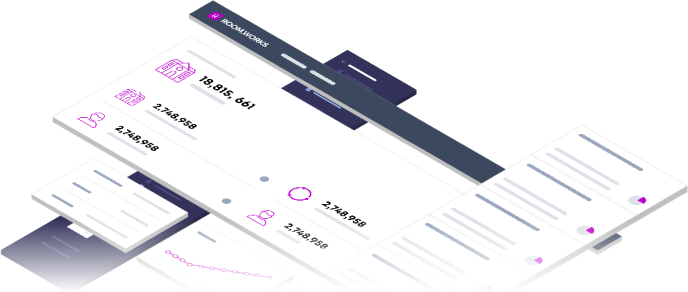What is Data Mapping?
Data Mapping is the process of creating a relationship between two distinct data models, schemas, or formats to enable the transfer, transformation, or integration of data between different systems or applications. This process involves defining how data elements in one system correspond to or relate to data elements in another system. The goal of is to ensure that data can be accurately and seamlessly exchanged or transformed across various platforms.
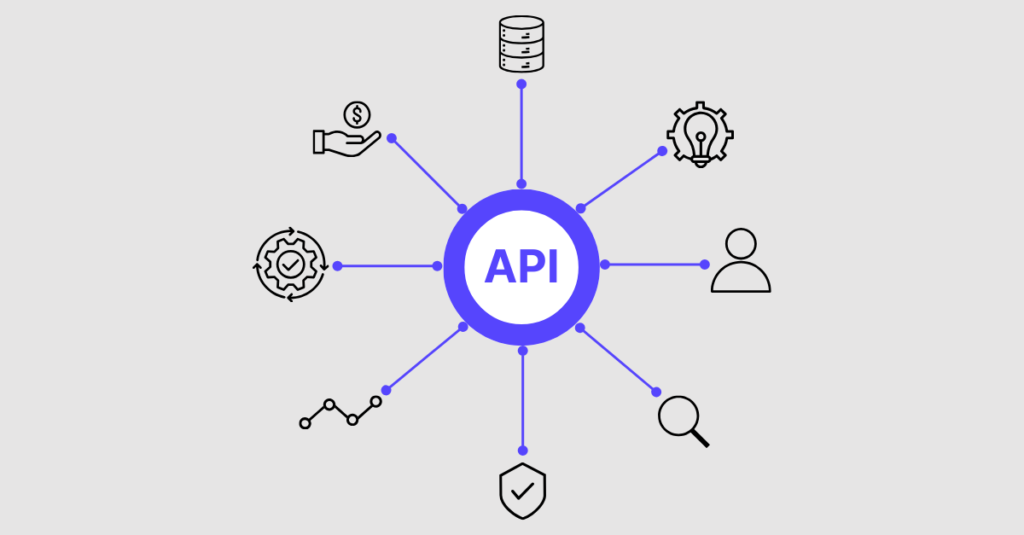
Key Elements and Considerations in Data Mapping
Data Source and Target: Identifying the source and target systems is fundamental to data mapping. The source represents the original data structure, and the target represents the desired or required data structure.
Data Elements: Specifying the relationship between individual data elements or fields in the source and target systems. This includes matching fields, defining transformations, and handling any data format differences.
Transformation Rules: In cases where data needs to be transformed during the mapping process, transformation rules are defined. These rules specify how data should be modified or converted to meet the requirements of the target system.
Mapping Documentation: Documenting the mapping process is crucial for future reference, troubleshooting, and maintaining data integrity. Documentation typically includes detailed descriptions of data elements, mappings, and transformation rules.
Data Types and Formats: Ensuring that data types and formats are consistent between the source and target systems is essential for accurate data mapping. Mismatches in data types or formats may require additional transformations.
Key Identifiers: Identifying key fields or unique identifiers in both the source and target data models is important for accurate matching and linking of records during data transfer or integration.
Complex Relationships: In some cases, mapping data involves handling complex relationships or hierarchies between data elements. This is common in scenarios where nested or hierarchical data structures are present.
Automation Tools: Mapping data can be a complex and time-consuming task, especially in large-scale integration projects. Automation tools, such as Extract, Transform, Load (ETL) tools, can assist in automating the mapping process, reducing manual effort, and improving efficiency.
Conclusion
Mapping data is a critical step in data integration, migration, and interoperability projects. It ensures that data is accurately interpreted and processed as it moves between systems, enabling seamless communication and interoperability across different platforms and applications. Data mapping is widely used in various industries, including finance, healthcare, e-commerce, and enterprise resource planning (ERP) systems.

